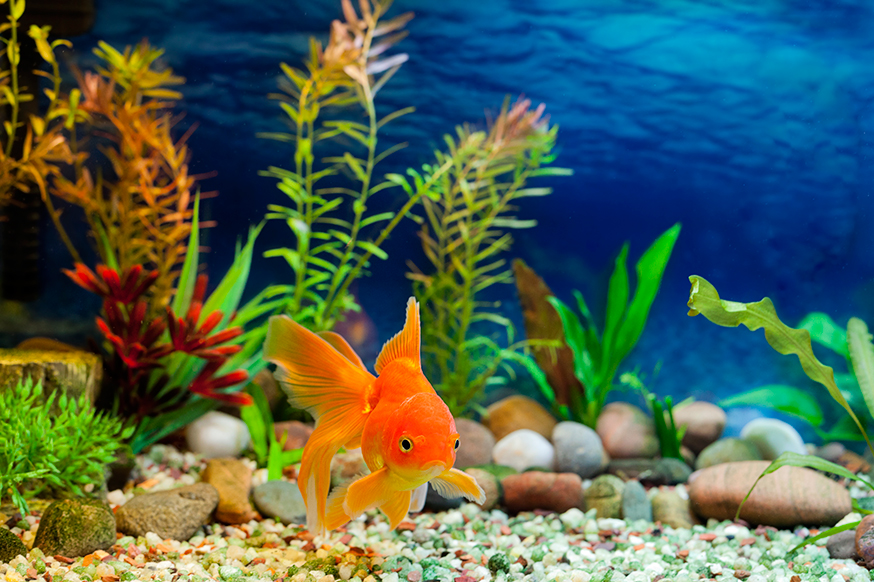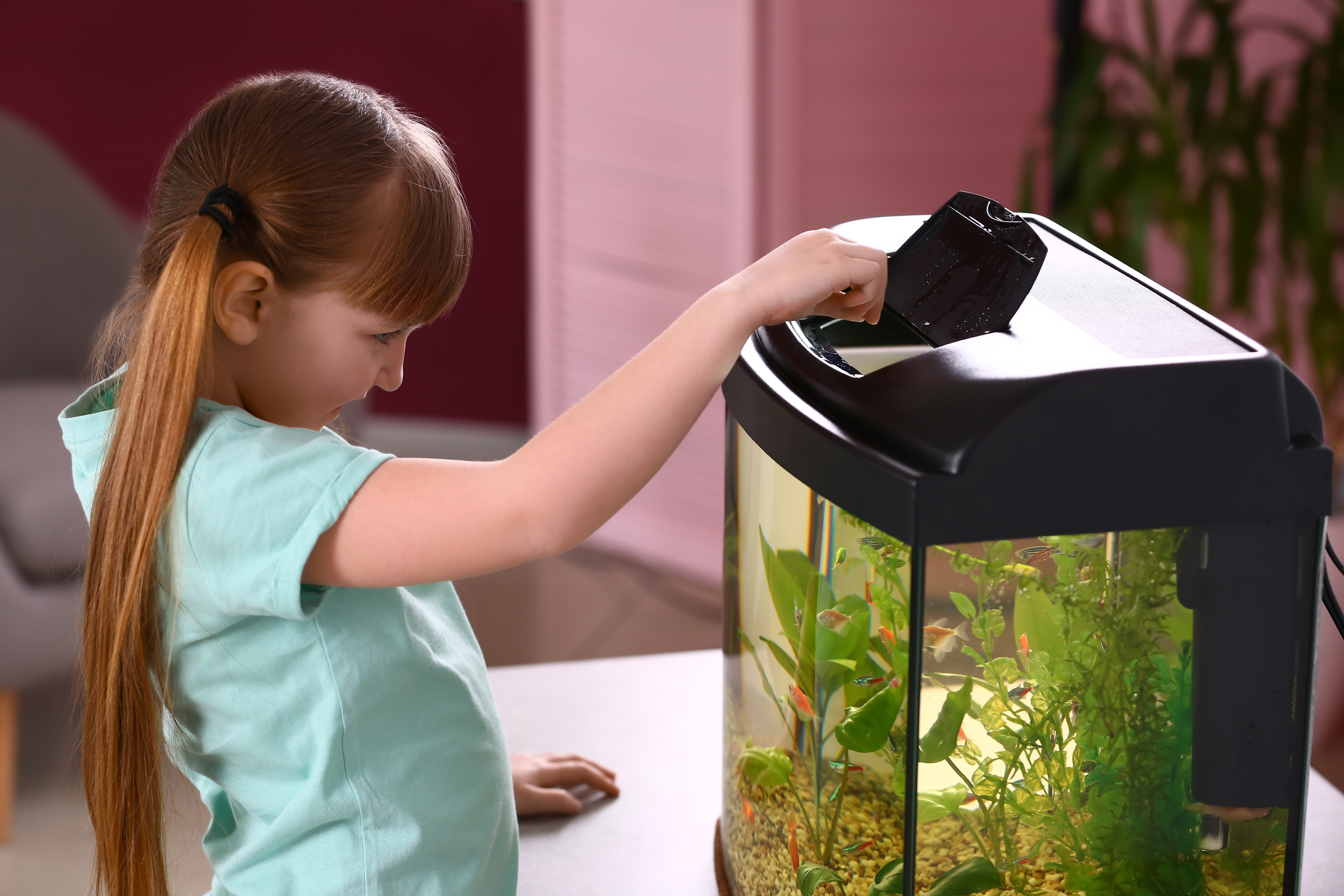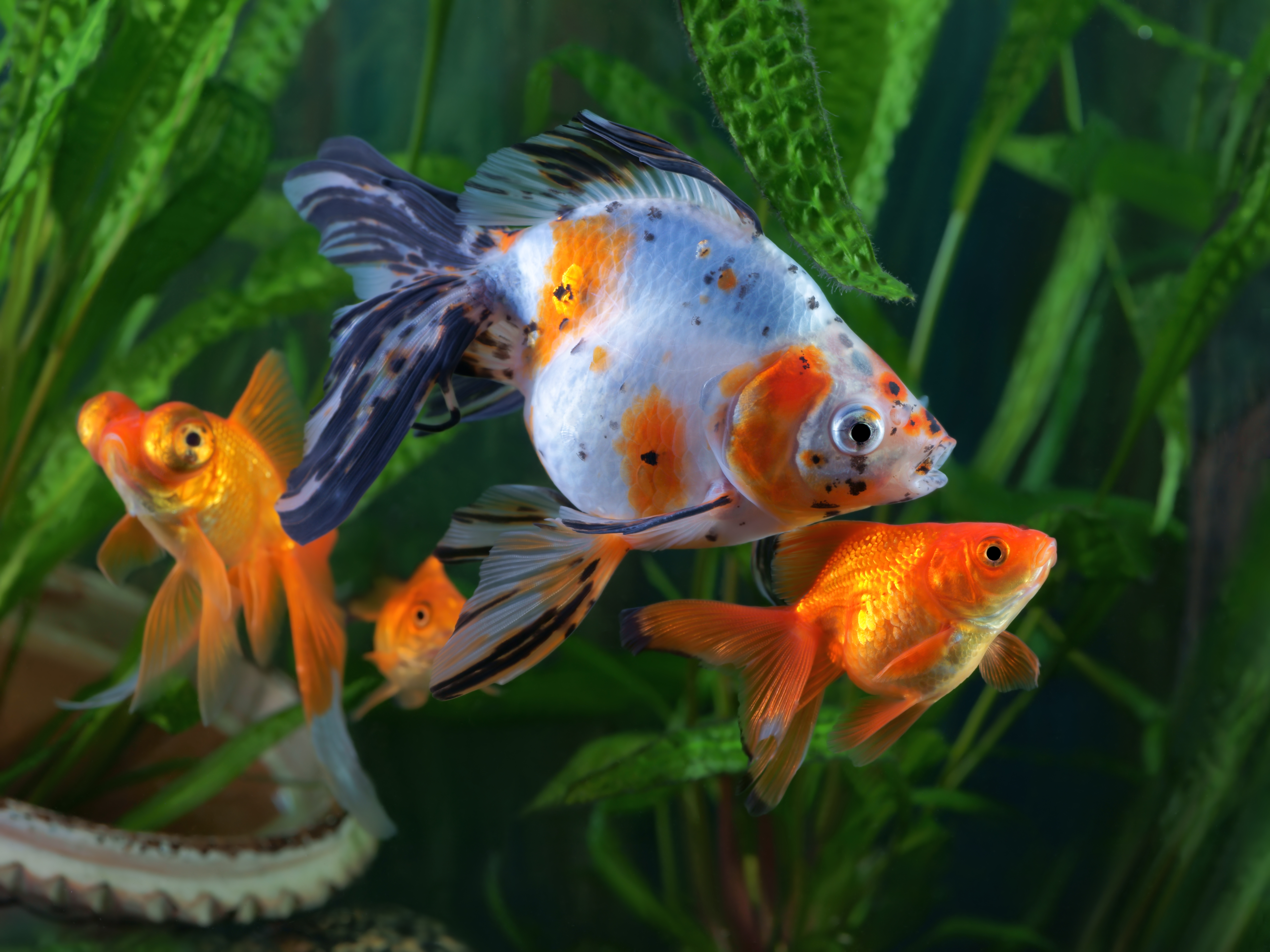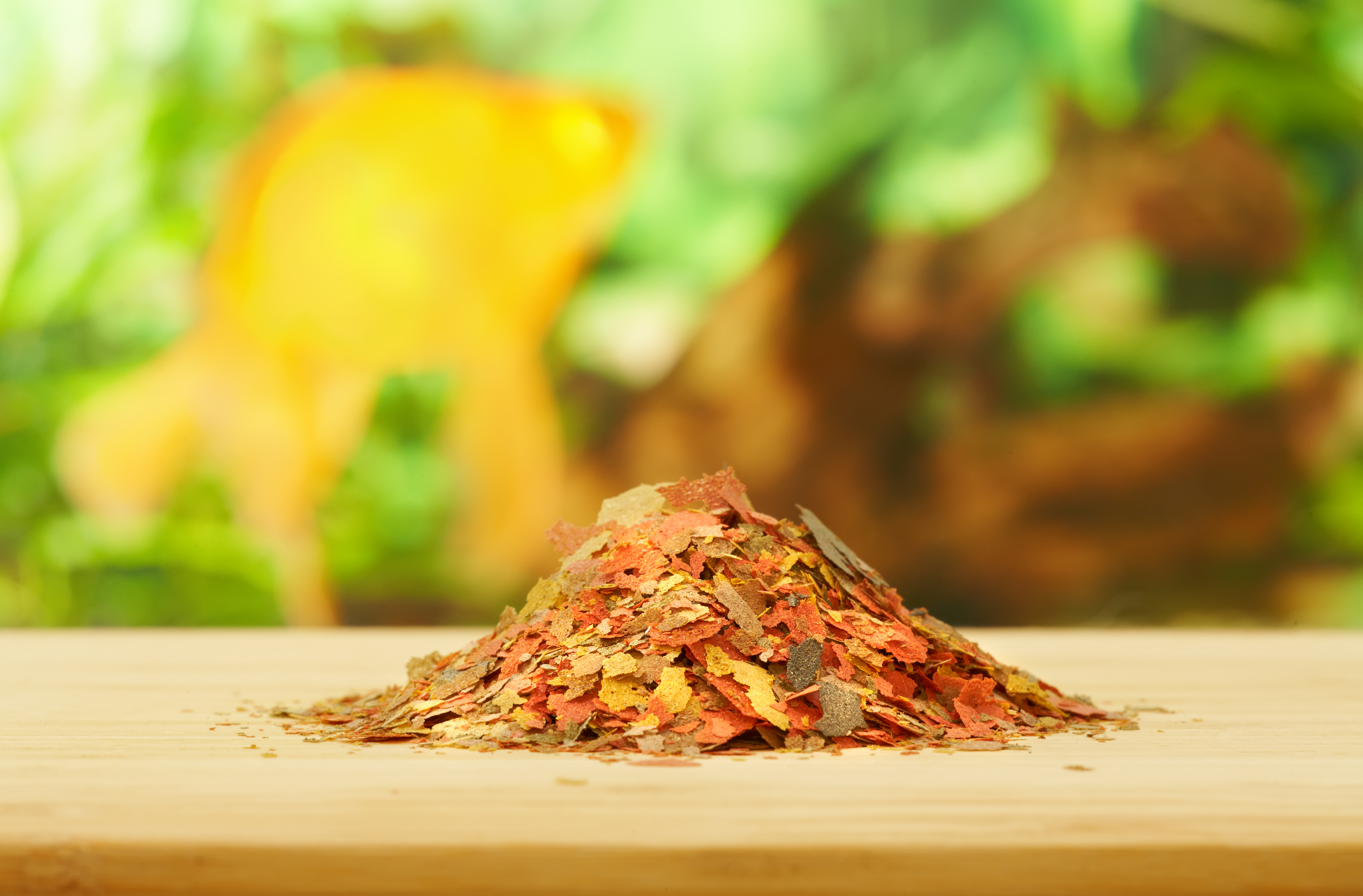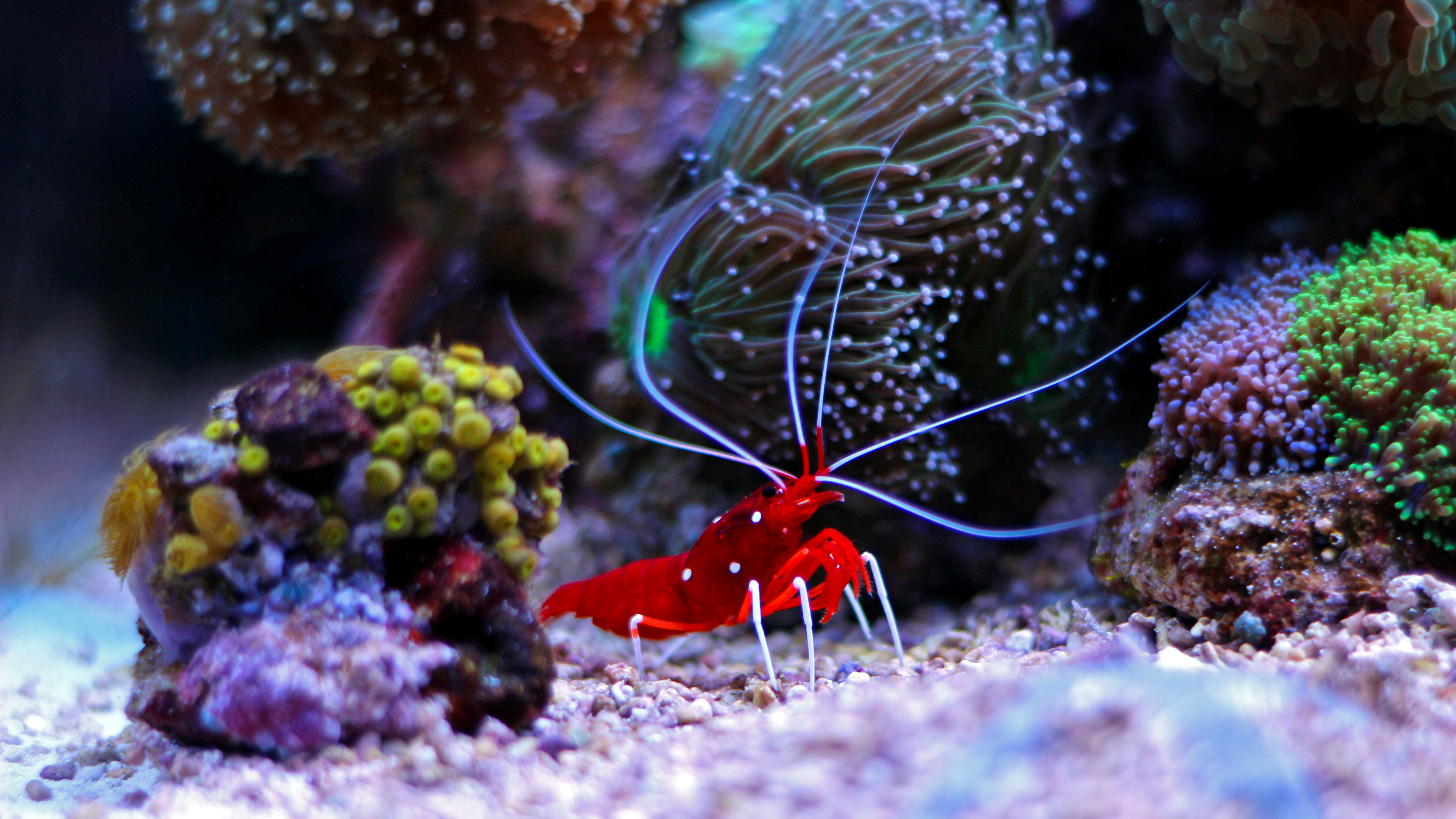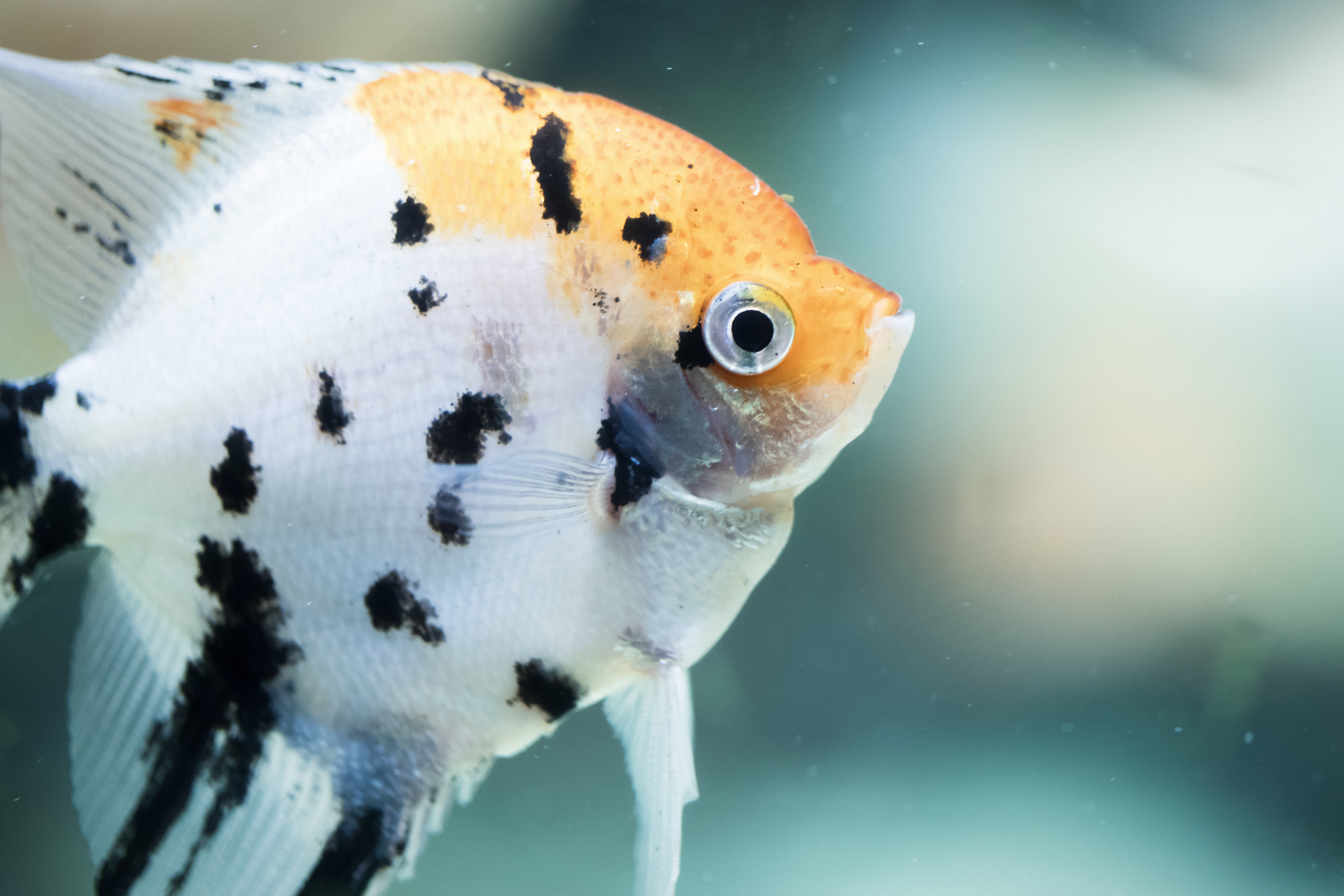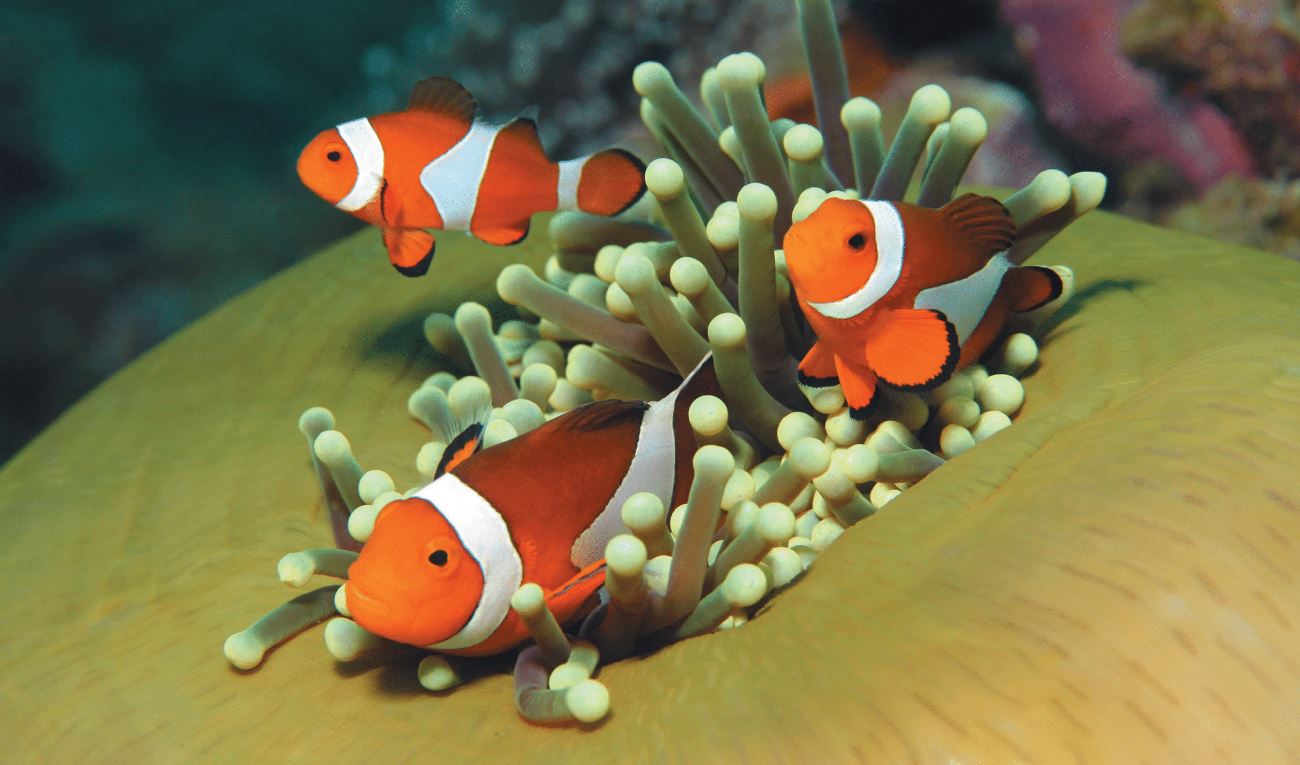Fancy Fish
Joe Olenik //March 21, 2017//
Aquatic retailers are always looking for ways to separate themselves from big box and online vendors and stand out in the crowd. If you don’t already feature ornamental goldfish as part of your livestock inventory, now is the time to start! Orandas, ryukins, lionheads, telescope eyes, pearlscales, bubble eyes and other varieties of top quality goldfish are in high demand and command top dollar from hobbyists who are drawn to these beautiful creatures.
“There are plenty of dedicated goldfish keepers out there,” said Rick Preuss of Preuss Pets in Lansing, Michigan. “Creating a reputation for quality, a good selection and knowledge can generate a strong regional draw. Independent retailers are always looking for a unique position in the marketplace, and goldfish offer a huge opportunity.”
Finding the Right Source
To effectively sell quality goldfish and related products and teach hobbyists how to properly care for them, a few basic principles should be followed. First and foremost is your source. A number of wholesalers and goldfish farms offer comets, fantails, moors and other “fancy goldfish.” Many of these fish are affordably priced, but are relatively the same fish that the big box stores offer. Small, independent stores often benefit from being different!
Importers, like Golden Phoenix Fisheries in Fremont, California, have been supplying the U.S. market with top quality goldfish from China and other sources in Asia since 1988; they are specialists. For stores that are new to high-end goldfish, the company offers sampler boxes with a good mix of the best sellers and provides door-to-door delivery. Golden Phoenix owner Rowena Chan says she is always available to help by letting retailers know what currently looks good and what’s scheduled to arrive in coming weeks.
“You don’t have to worry about what to order,” she explained. “We do that for you. Stores can test their market to see what sells and then order the most popular types in the future.”
Display is Key
Next is display. Many stores often house their goldfish selection in bottom-row tanks, usually because that’s the coolest place in the store and goldfish do best at lower temperatures. Sometimes they’re displayed in a back corner or other low prominence location in the store, giving the impression that they’re almost an afterthought—which, oftentimes, they are. High-end goldfish should be front and center and should be displayed as featured fish in your freshwater section. Create a dedicated ornamental goldfish section and decorate your tanks with pagodas, Zen mountain decorations and other décor. A free-standing “not for sale” exhibit filled with softball sized fish is guaranteed to get your customers’ attention.
Setting your customers up for success is essential. Goldfish get big and live a long time, requiring larger aquariums with high capacity filters. Instead of recommending the usual boxed aquarium kits to your customers, put together a few goldfish-specific 40-gallon breeder or 75-gallon aquarium setups with oversized filters. Since goldfish are comfortable at room temperature, a heater is not necessary, but goldfish-specific food, maintenance equipment and a care sheet should be included.
Diet and Tank Requirements
While goldfish are not fussy when it comes to diet, high-end ornamentals require specialized foods to achieve their optimum potential. Aqueon Goldfish Flakes are great for smaller goldfish, while their Goldfish Granules and Color Granules provide an excellent diet for adolescent and adult goldfish. Hikari USA’s complete line of goldfish foods includes Hikari Sinking Goldfish Excel, Lionhead, Oranda Gold, Goldfish Wheat Germ, Goldfish Gold and Saki-Hikari Fancy Goldfish pellets with probiotics. TetraFin PLUS Goldfish Flakes and TetraColor Sinking Goldfish Granules have been standards in the aquarium industry for many years, as have API Goldfish Flakes and Pellets. As with tropical fish, aquarists should feed their goldfish a variety of high quality foods.
When decorating sales tanks, as well as those of your customers, extra care should be taken to protect goldfish’s finnage as well as the eyes of moors, telescopes, bubble eyes and celestial eyed goldfish. Avoid the use of sharp or abrasive decorations, such as lava and tufa rock, in sales tanks. Gravel should be smooth and rounded, not jagged. Also, make sure gravel is appropriately sized to prevent goldfish from getting pieces lodged in their throat as they forage for food.
Because of their specialized temperature and dietary needs, ornamental goldfish should not be kept with tropical fish. However, different sized goldfish can usually be kept together in the same aquarium. When bagging fancy goldfish for sale, teach your staff to catch them by hand, as nets are abrasive and can damage them or get snagged on the first dorsal fin ray.
When it comes to successful goldfish sales, the most important ingredient is you and your staff. In addition to being knowledgeable, sales associates must be enthusiastic about showing shoppers these beautiful fish and recommending them as pets. Adding high quality goldfish and support products to your inventory may be just the ticket to making your aquatics department the talk of your area.
